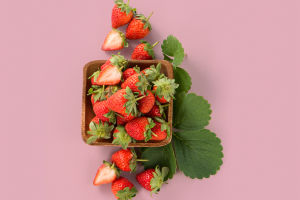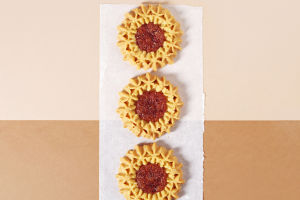Chocolate is not just a treat; it's a story of rich history and cultural significance. It all begins with the humble cocoa tree, a symbol of divine nature and human innovation.
While most people today are familiar with chocolate as a sweet indulgence, its journey from bitter drink to beloved dessert has been long and fascinating. Let’s explore the origins of chocolate and how it has become a global delight.
The Origins of Chocolate
Chocolate’s history can be traced back to the ancient civilizations of Central America. The Olmec, Maya, and Aztec cultures all had their versions of chocolate, mainly in liquid form. The word "chocolate" itself comes from the Aztec language, Nahuatl, where "xocolātl" means "bitter water." The Olmec civilization, which existed around 1500 BCE, is believed to be the first to have cultivated the cocoa plant and made a drink from its beans. This drink, however, wasn’t the sweet treat we enjoy today. It was a bitter beverage that was often spiced with chili and other flavorings.
The Evolution of Chocolate
Over time, chocolate traveled across the world, evolving with new techniques and ingredients. By the time it reached Europe in the 16th century, it was transformed into a sweetened drink, and eventually, solid chocolate emerged. The real breakthrough came in the 19th century with the invention of modern chocolate-making methods, including the grinding of cocoa beans into fine chocolate paste. This allowed for the creation of solid chocolate bars, and by the end of the 1800s, milk chocolate was born.
The Process of Making Chocolate
Today, chocolate is made from the seeds of the cacao tree (Theobroma cacao), a name that translates to "food of the gods." The process begins with harvesting cocoa beans, which are then fermented to develop their unique flavor profile. After fermentation, the beans are dried, roasted, and cracked open to reveal the nibs inside. These nibs are ground into cocoa mass, which can then be further processed into cocoa butter, cocoa powder, or liquid chocolate. To make solid chocolate, cocoa mass is combined with sugar and milk, depending on the type of chocolate being made.
Types of Chocolate
There are several types of chocolate, each offering a different experience. Dark chocolate, also known as plain chocolate, has a high percentage of cocoa solids and little to no milk. Milk chocolate is sweeter and creamier, with milk powder added to the mix. White chocolate, on the other hand, contains cocoa butter but no cocoa solids, giving it a sweet, creamy taste. Each type of chocolate offers its own unique flavor profile and texture, making it a favorite for many different tastes.
The Nutritional Value of Chocolate
Chocolate, particularly dark chocolate, has many health benefits, thanks to the high levels of antioxidants found in cocoa. It is rich in iron, calcium, magnesium, and potassium, which help maintain a healthy body. Additionally, chocolate contains small amounts of caffeine and theobromine, both of which provide a mild stimulating effect, improving mood and alertness. Of course, chocolate should be enjoyed in moderation, as it also contains sugar and fat, which contribute to its high energy content.
Chocolate’s Cultural Impact
Chocolate has played a significant role in various cultures, particularly in Europe and the Americas. From being a sacred drink for the Aztecs to becoming a symbol of love on Valentine's Day, chocolate has taken on a variety of meanings over the centuries. Today, we see chocolate in countless forms, from chocolate bars to truffles,It is a popular gift during the holiday season.
Many countries, particularly in Europe, boast long-established chocolate shops and museums where visitors can learn about the chocolate-making process and its rich history. Switzerland, Belgium, and France are some of the best-known countries for producing high-quality chocolate, and their brands are famous worldwide.
Final Thoughts
Chocolate's journey from a bitter beverage in ancient Mesoamerican cultures to a beloved, sweet indulgence today highlights its rich history and transformation. Now enjoyed worldwide in countless forms, chocolate continues to bring joy to many. The next time you savor a piece, remember you're tasting centuries of tradition.
Thanks for reading, Lykkers! Enjoy every bite – it's more than just a treat!
The Fascinating History of Chocolate | From Ancient Times to Modern Treats!
Video by FoodLight


